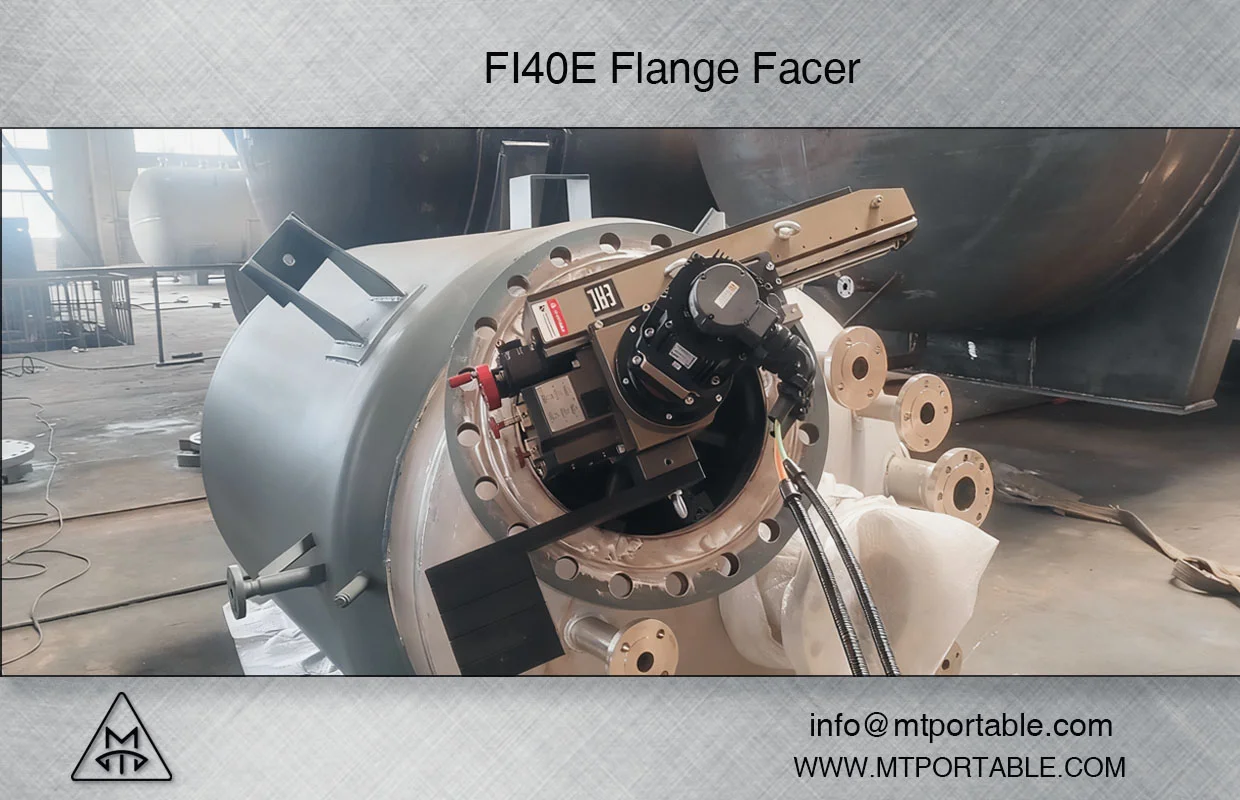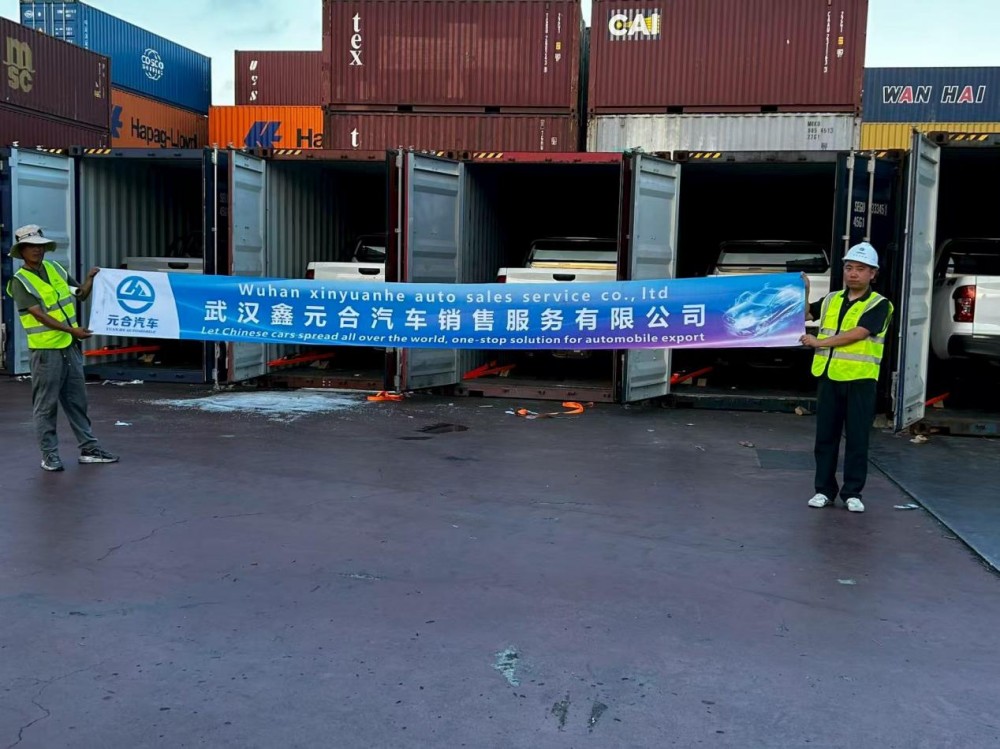In the ever-evolving landscape of logistics and transportation, businesses are continually seeking cost-effective solutions to optimize their supply chains. One of the most pressing questions that arise in this context is: Is rail freight cheaper than truck? This inquiry is not merely a matter of comparing two modes of transportation; it involves a multifaceted analysis of cost structures, operational efficiencies, and the specific needs of the cargo being transported. In this article, we will delve into the nuances of rail and truck freight, examining various factors that influence their cost-effectiveness.
Understanding the Cost Structures
To determine whether rail freight is cheaper than trucking, it is essential to understand the cost structures associated with each mode of transport.
- Fixed and Variable Costs: Rail freight typically has higher fixed costs due to the infrastructure required, such as tracks and terminals. However, it often benefits from lower variable costs, especially over long distances. Conversely, trucking has lower fixed costs but higher variable costs, particularly related to fuel, maintenance, and driver wages.
- Economies of Scale: Rail transport excels in economies of scale. Trains can carry a significantly larger volume of goods compared to trucks, making it more cost-effective per ton-mile for bulk shipments. For businesses with large quantities of goods to transport, rail can provide substantial savings.
- Distance and Route Efficiency: The cost-effectiveness of rail versus truck also heavily depends on the distance and the routes involved. Rail is generally more economical for long-haul shipments, while trucking may be more advantageous for shorter distances or last-mile deliveries.
Analyzing Operational Efficiencies
Beyond the basic cost structures, operational efficiencies play a crucial role in determining the overall cost-effectiveness of rail versus trucking.
- Speed and Transit Times: While rail can be cheaper for bulk shipments, it often has longer transit times compared to trucking. For businesses that require just-in-time delivery, the speed of trucking may outweigh the cost benefits of rail.
- Reliability and Frequency: Rail schedules can be less flexible than trucking routes, which may lead to delays. However, rail can offer more reliable transit times for long-distance shipments, as it is less affected by traffic congestion.
- Environmental Impact: An increasingly important factor in cost considerations is the environmental impact of transportation modes. Rail freight is generally more fuel-efficient and produces lower greenhouse gas emissions per ton-mile compared to trucking. Companies looking to enhance their sustainability profiles may find rail freight to be a more attractive option, potentially leading to long-term cost savings through reduced regulatory burdens and improved public perception.
The Role of Technology and Innovation
The logistics industry is undergoing a technological transformation that is reshaping the cost dynamics of both rail and trucking.
- Telematics and Data Analytics: Advanced tracking and data analytics are improving the efficiency of both rail and truck operations. Companies can now optimize routes, monitor fuel consumption, and predict maintenance needs, leading to cost reductions across the board.
- Automation and Autonomous Vehicles: The rise of automation in trucking, including the development of autonomous vehicles, could significantly alter the cost landscape. If successful, these technologies could reduce labor costs and improve efficiency, potentially making trucking more competitive against rail.
Conclusion: Making the Right Choice
Ultimately, the question of whether rail freight is cheaper than trucking does not have a one-size-fits-all answer. It depends on a variety of factors, including the nature of the goods being transported, the distances involved, and the specific logistical needs of the business.
For businesses dealing with large volumes of goods over long distances, rail freight often proves to be the more economical option. However, for shorter distances or time-sensitive deliveries, trucking may be the better choice despite potentially higher costs.
In conclusion, companies must conduct a thorough analysis of their unique logistics requirements, considering both cost and operational efficiencies, to determine the most suitable mode of transportation for their needs. By leveraging the strengths of both rail and trucking, businesses can create a more resilient and cost-effective supply chain.



More Stories
How FAMA Traffic Brackets Ensure Long-Term Stability in Urban Signal Installations
Что такое бесщеточный электрический мотоцикл и почему он становится выбором будущего
Что такое бесщеточный электрический мотоцикл и почему он становится выбором будущего